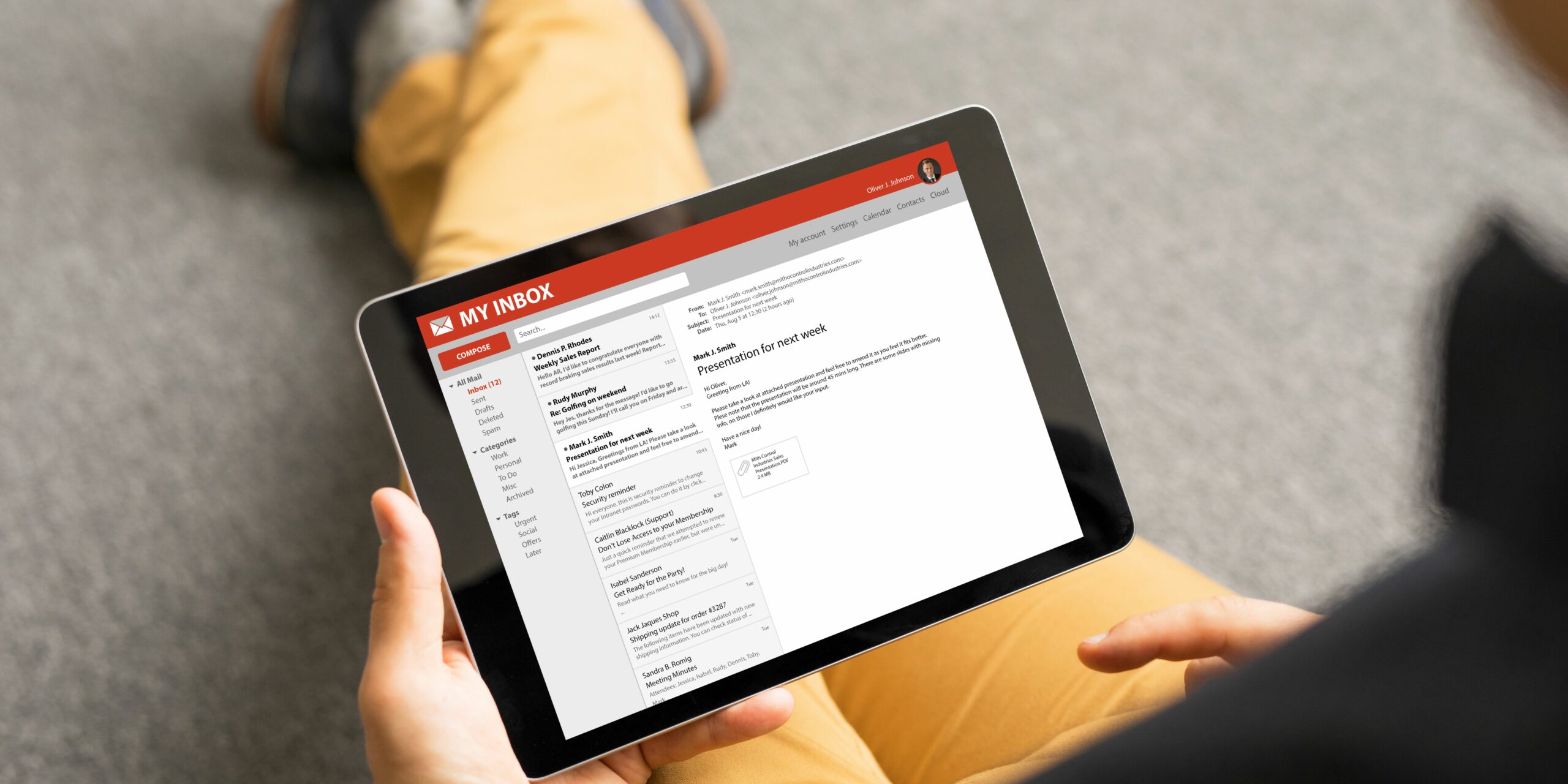 Building and maintaining strong client relationships is a cornerstone of business success. However, as your client base grows, it becomes increasingly challenging to manage and keep track of all your clients effectively. This article explores the importance of client tracking, what client information to monitor, and various strategies and tools to streamline client management.
Building and maintaining strong client relationships is a cornerstone of business success. However, as your client base grows, it becomes increasingly challenging to manage and keep track of all your clients effectively. This article explores the importance of client tracking, what client information to monitor, and various strategies and tools to streamline client management.
Why You Should Keep Track of Your Clients
Before delving into the specifics of client tracking, it’s essential to understand why it matters:
- Enhanced Customer Service. Tracking client information allows you to provide personalized and attentive service, addressing their unique needs and preferences. When clients feel understood and valued, they are more likely to remain loyal to your business.
- Repeat Business. By understanding their shopping habits and past purchases, you can recommend relevant products or services, increasing the likelihood of repeat business. This not only boosts your revenue but also fosters long-term client relationships.
- Improved Communication. Keeping tabs on their communication preferences ensures that you reach out to them through their preferred channels, enhancing engagement. This level of personalization can significantly improve your client interactions.
- Efficient Problem Resolution. Notes about interactions, feedback, and special requests enable you to address issues promptly and professionally. Solving problems effectively demonstrates your commitment to client satisfaction.
- Marketing Insights. Knowing how clients found out about your business and their purchasing behavior can inform your marketing strategies for attracting similar clients. It helps you allocate resources more efficiently in your marketing efforts.
Now, let’s explore the key client information to track in more detail.
What Client Information to Track

To effectively manage client relationships, you need to gather and organize relevant client information. Here’s a comprehensive breakdown of essential client details to monitor:
1. Client Contact Information
Name, email address, phone number, and physical address are fundamental for communication and outreach. Ensure this information is up-to-date to maintain seamless contact.
2. Shopping Habits
Understanding their purchasing behavior helps tailor your product or service recommendations. For instance, if they regularly buy a particular product, you can suggest complementary items.
3. Past Purchases
Keep a record of what they’ve bought in the past to identify cross-selling or upselling opportunities. For instance, if a client has purchased a camera, you might recommend accessories like lenses or tripods.
4. Communication Preferences
Note how clients prefer to be contacted, whether it’s through email, phone calls, or text messages. This ensures your communication is both effective and respectful of their preferences.
5. Notes About Interactions
Document details of every interaction, including meetings, calls, or emails, to maintain a comprehensive client history. This helps you recall previous conversations and provide a more personalized experience.
6. Email Metrics
Monitor email open rates, click-through rates, and response rates to gauge their engagement with your communications. Use this data to refine your email marketing strategy.
7. Returning Customer Status
Identify whether they are a returning customer or a first-time client to tailor your interactions accordingly. Returning clients may appreciate loyalty rewards or exclusive offers.
8. Special Requests or Needs
Note any specific requirements or preferences they have, such as dietary restrictions or product preferences. Fulfilling these requests showcases your commitment to customer satisfaction.
9. How They Found Your Business
Keep track of how clients discovered your business, whether through referrals, online searches, or advertising campaigns. This information helps you understand your most effective marketing channels.
10. Feedback
Record any feedback or reviews clients provide, both positive and negative, to continuously improve your products or services. Use constructive criticism as an opportunity for growth.
Now that we’ve established the importance of client tracking and identified the key client information to monitor, let’s address the central question:
You might also like: 4 Most Important Things Every Business Need
How Do You Keep Track of All Your Clients?
Effectively keeping track of all your clients involves a combination of strategies and tools. Let’s explore some methods that can streamline client management and help you deliver exceptional service:
1. Keep Track of Clients with Invoicing Tools

Invoicing tools can serve as a foundational element for client management. These tools, often integrated with accounting software, allow you to record client information, track payments, and maintain transaction histories. Here’s how you can use invoicing tools to manage your clients more efficiently:
- Client Profiles. Create client profiles within your invoicing software, including contact information, payment preferences, and billing details. Having this information readily available makes invoicing and payment tracking more straightforward.
- Transaction History. Maintain a comprehensive record of all transactions, making it easy to track payments, outstanding balances, and invoice history. This not only helps with financial record-keeping but also provides insights into a client’s purchasing patterns.
- Payment Reminders. Set up automated payment reminders to ensure timely payments from clients. This proactive approach can reduce late payments and improve cash flow.
- Customizable Invoices. Personalize invoices with client-specific details, improving professionalism and clarity. Customized invoices make it easier for clients to understand and process payments.
- Reporting. Utilize reporting features to gain insights into client payment trends and overall financial health. Spotting payment patterns can help you anticipate future financial needs and tailor your offerings.
2. Manage Client Relationships with CRMs

Customer Relationship Management (CRM) software is designed specifically for client management. CRMs enable you to centralize client data, automate communication, and streamline client interactions. Here’s how you can leverage CRMs for effective client management:
- Client Profiles. Store detailed client profiles, including contact information, communication history, and preferences. A comprehensive client profile provides a 360-degree view of your client, enabling more personalized interactions.
- Communication Automation. Automate email campaigns, follow-ups, and appointment reminders to enhance client engagement. Timely and relevant communication keeps clients informed and engaged.
- Lead Management. Track potential clients and prospects, nurturing them into long-term relationships. Effective lead management can turn leads into loyal clients over time.
- Task Management. Assign and track tasks related to client interactions, ensuring nothing falls through the cracks. This level of organization keeps you on top of client commitments and ensures timely follow-ups.
- Data Analytics. Leverage data analytics to gain insights into client behavior and preferences, allowing for targeted marketing efforts. Data-driven decisions can lead to more effective client engagement strategies.
3. Keep Client Work Separate Through a File System

For businesses dealing with substantial client-specific work, maintaining a well-organized file system is crucial. This approach helps keep client-related documents, contracts, and deliverables separate and easily accessible. Here’s how you can use a file system to manage your client work efficiently:
- Client Folders. Create dedicated folders for each client, containing all relevant documents and files. This clear organization makes it easy to locate client-specific materials when needed.
- Naming Conventions. Establish consistent naming conventions for files to enhance searchability and organization. A standardized naming system prevents confusion and saves time.
- Version Control. Implement version control for documents to prevent confusion and ensure clients receive the latest updates. This is particularly important when collaborating on projects.
- Access Controls. Define who within your organization has access to client files and restrict access to sensitive information. Protecting client data is paramount for maintaining trust.
- Backup and Security. Regularly back up client files and implement security measures to protect confidential data. Data security is a top priority to prevent data breaches or loss.
4. Streamline Client Email Correspondence Through Filters and Labels

Email is a primary communication channel for many businesses, and keeping client correspondence organized is essential. Email filters and labels can help manage client-related emails effectively. Here’s how you can use email filters and labels to streamline your client email correspondence:
- Create Labels. Establish labels or folders for each client to categorize incoming and outgoing emails. This clear organization ensures that client-related emails are easy to find.
- Automated Filters. Set up email filters to automatically route client-related emails to the appropriate label or folder. Automation reduces the time spent manually sorting emails.
- Keyword Search. Utilize keyword search functionality to quickly find specific client emails and conversations. This can be especially helpful when looking for specific details or past interactions.
- Archive or Delete. Regularly archive or delete irrelevant emails to declutter your inbox and improve efficiency. A clutter-free inbox allows you to focus on essential client communications.
- Consistent Naming. Use consistent naming conventions for email subjects to facilitate easy retrieval. Clear subject lines make it easier to identify the context of emails.
5. Schedule Client Engagements in Online Calendars

Managing client appointments, meetings, and deadlines is essential for providing excellent service. Online calendars offer a convenient way to schedule and track client engagements. Here’s how you can use online calendars to manage your client appointments effectively:
- Appointment Scheduling. Use calendar apps to schedule client meetings, consultations, and follow-ups. Calendar entries can include details like meeting location, agenda, and client contact information.
- Notifications. Set up notifications and reminders to ensure you never miss an important client appointment or deadline. Timely reminders help you stay organized and punctual.
- Shared Calendars. Collaborate with team members by sharing calendars to coordinate client-related tasks. This is particularly useful when multiple team members are involved in serving a client.
- Integration. Integrate your calendar with other client management tools, such as CRMs or invoicing software, for seamless workflow management. Integration ensures that client information is consistent across all platforms.
- Client History. Attach client-specific notes and details to calendar events for quick reference during engagements. Having client information readily available during meetings enhances your ability to provide personalized service.
You might also like: Free Enterprise System: What is it and How it Works
Conclusion: How Do You Keep Track of All Your Clients?
In the competitive business landscape, managing and keeping track of all your clients is paramount. By understanding the importance of client tracking and the key client information to monitor, you can build stronger client relationships and drive business growth.
Implementing strategies and tools like invoicing software, CRMs, organized file systems, email filters, and online calendars can significantly streamline client management. These methods enable you to provide personalized service, enhance communication, and efficiently handle client interactions.
Ultimately, mastering client management is a dynamic process that adapts to your business’s unique needs. By consistently applying these principles and leveraging appropriate tools, you can maintain robust client relationships while effectively managing your client database.
You might also like: What is the Easiest Form of Business to Start and Run?





